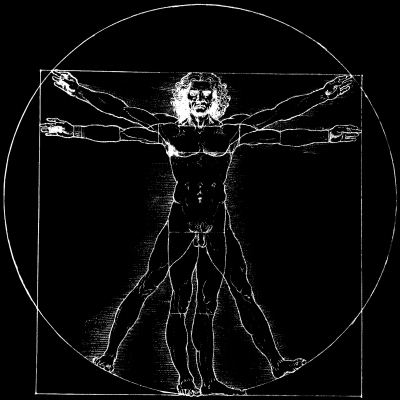 |
|
Introduction |
|
Symmetry: |
 |
This essay will discuss the representation of formal symmetry and its symbolic manifestations in film and film architecture and reflect upon the development of symmetry as a theme in Peter Greenaway’s A Zed and Two Noughts and Belly of an Architect, Terry Gilliam’s Brazil, Kurt Wimmer’s Equilibrium, and Stanley Kubrick’s A Clockwork Orange. Each film incorporates the use of symmetry differently to invoke obsession, and madness, both in the protagonists and in the built environment. The movies integrate symmetry to symbolize the following themes – the decline of balance and perfection in the human body; the dichotomy of duality and unity; and the domination of an overarching power. In each example, the symmetrical structure of the narrative and framing scenes creates a composed backdrop, which contrasts the asymmetrical or unbalanced qualities of the protagonists, heightening the feeling of madness or the uncanny in the films. Symmetry is one of the fundamental principles of the classical language of architecture, and is central to the classical greek and roman definitions of beauty, as well as the humanist intentions of Renaissance and Enlightenment art and architecture. Classical symmetry is a reflection of divine perfection exemplified by the proportions found in nature and the cosmos, particularly the inherent symmetries of the human figure. Beauty, in the classical sense, is also derived from these relationships, such that a beautiful temple and well-formed man were part of the same overarching system of divine or cosmic proportions. In his work The Ten Books on Architecture, Vitruvius defines symmetry as the orderly, mutually corresponding arrangement of various parts of a body (human, built, natural or cosmic), producing a proportionate, balanced form or whole. This classical ideal is referred to as the Vitruvian man: the human body inscribed in the circle and the square (fundamental geometric patterns of the cosmic order) “The design of Temples depends on symmetry, the rules of which Architects should be most careful to observe. Symmetry arises from proportion, which the Greeks call ἀναλογία. Proportion is a due adjustment of the size of the different parts to each other and to the whole; on this proper adjustment, symmetry depends. Hence no building can be said to be well designed which wants symmetry and proportion. In truth, they are as necessary to the beauty of a building as to that of a well-formed human figure,”1 While the classical interpretations of symmetry will be the focus of this essay, it is important to note that earlier western and non-western civilizations employed complex symmetrical systems as models divine beauty, long before the Romans or Greeks. 1. LacusCurtius • Vitruvius on Architecture: http://penelope.uchicago.edu/Thayer/E/Roman/Texts/Vitruvius/home.html |
Allison Janes, 2008 |
||